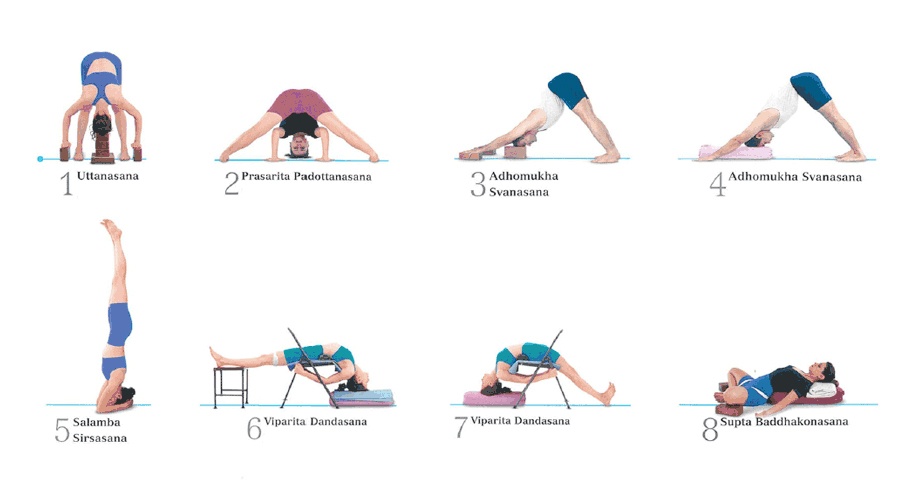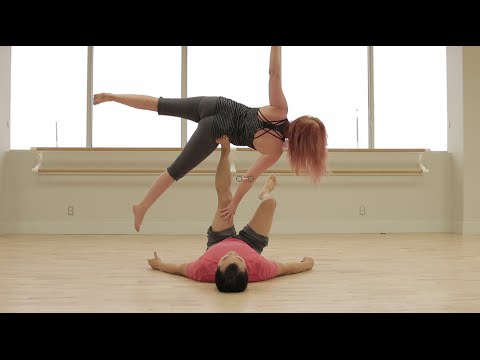
If you are looking for information about yoga jnana, you have come to the right place. I'll be sharing with you the Three Steps for Self-Realization In Yoga Jnana in this article. Also, you will learn more about Ramana Maharishi and Jivanmukta as well as other great spiritual teachers. This article will help you make your own decision and find peace in life.
Three steps to achieving self-realization in yoga jnana
Yoga jnana refers to the study of the nature and Self of your mind. It is the path to self realization by using your mind to find the truth in your thoughts. This is a path that requires transcending the intellect to attain experiential knowledge of God. It is a challenging process and requires a disciplined mind. You will be able to balance the three types of mind, called doshas, by practicing yoga jnana.
Before beginning a Jnana Yoga practice, it is essential to understand the path and the stages of yogic practice. First, you need to know the difference between the self- and non-self. The second is to learn how to separate yourself from the worldly possessions or the ego. In Sanskrit, the fourth pillar of knowledge (or "dharma") must be mastered. Fourth, let go of any attachments that lead to stress and depression.

Four pillars of knowledge
One of the classical branches of yoga is Jnana yoga, a path that focuses on knowledge and self-realization. There are many routes to enlightenment. Jnana yoga, however, is the most difficult. It requires intense spiritual practice and discipline. It is the path that leads to the union of the mind and the body. It is the most challenging path because it demands the mind to go beyond its intellect and focus on achieving the true nature of the self.
In order to progress through the Four Pillars of Knowledge one must first master Hatha Yoga, Karma Yoga, and Bhakti Yoga. These disciplines prepare your body, mind and heart for Jnanayoga. A qualified teacher is recommended. They will guide your progress and offer individual instruction. These four pillars of Jnana yoga are an important part.
Jivanmukta
Jivanmukta is a person who does not feel the need for a physical body. The state of this consciousness allows for all-inclusive awareness and the ability to attract any item necessary for personal existence. Jivanmukta refers to the Self, which is the One who does without acting, delights in nothing and acts with compassion for others.
The jivanmukta sage has released himself from egoism, and can now see One Brahman as all that is. Because the Self consciousness of the soul is sufficient to sustain its physical bodies, it is only the individual consciousness which is consumed by Brahmajnana. The Self-Realization is a process that lasts a lifetime.

Ramana Maharishi
Ramana Maharishi’s yoga teachings offer an unusual and profound way to answer the question, "Who is I?" His first teaching was silence. This was what he used as a way to quiet people and give them direct experience. His words are for those who are not yet attuned to the subtle, silent emanations of reality. Yoga Jnana is a valuable resource for yoga practitioners and laypersons alike.
Sri Ramana's technique of grazing cattle is one example. India does not have fences or gates, so cattle can freely roam the fields and graze elsewhere. The owner of the fields will often beat the cattle to get them to leave his land. The cattle suffer because they are unaware of the boundaries and don't understand them.
FAQ
What are some of the best yoga mats available?
There are several types of yoga mats available. Choose one based on its size, price, and durability.
A high quality mat will not only protect your floor from scratches but also be thin enough to allow you to move quickly.
A cheap mat may not provide adequate support.
What are the health benefits of yoga?
Yoga is an ancient Indian practice. It was developed by Hindu monks over many centuries to improve mental and physical health. Many people practice yoga to relax and relieve stress. Many people believe yoga can help them increase their strength and flexibility.
Yoga improves balance, coordination, and is a great exercise option for seniors who want to keep active. It can prevent falls and other injuries.
Yoga strengthens your cardiovascular system, which is why it's good for your heart. If you are overweight, have high bloodpressure, or have diabetes, yoga can be a great option.
Yoga also reduces stress, anxiety, depression, and insomnia. For those with arthritis or fibromyalgia, yoga can be especially beneficial.
As you age, your muscles lose some of their elasticity. But yoga keeps your muscles flexible and strong. You'll find that yoga gives you more energy and stamina as you age.
According to the National Institute on Aging, regular yoga can reduce depression symptoms such as fatigue and feelings depressed. According to the institute, yoga can lower cholesterol and increase bone density.
Yoga can also be used to relieve headaches and back pain. Because of its slow pace and gentle movements, yoga is particularly effective in relieving muscle strains.
Can yoga be used to manage pain?
Yoga may be an effective treatment for people who have chronic back pain. It helps them improve flexibility, balance, and strength and reduce stress levels.
Before beginning any yoga regimen, consult your doctor.
Statistics
- According to calorie estimates calculated at Harvard Medical School, the average 125-pound person burns about 120 calories in a half hour of hatha yoga, and a 185-pound person burns about 178 calories in that half hour. (everydayhealth.com)
- The people in the yoga group were 37 percent more likely to have quit smoking by the end of the 8-week program. (nccih.nih.gov)
- A 2020 review of 27 studies (1,805 total participants) of yoga interventions in children or adolescents found reductions in anxiety or depression in 70 percent of the studies, with more promising results for anxiety. (nccih.nih.gov)
- Gentle yoga has been shown to ease some of the discomforts of tender, swollen joints for people with arthritis, according to a Johns Hopkins review of 11 recent studies. (hopkinsmedicine.org)
- The American Psychological Association recently shared that 84% of American adults feel the impact of prolonged stress (5). (healthline.com)
External Links
How To
Can I do yoga during pregnancy?
You may not be able to perform certain poses safely if you are pregnant. Before you begin a new program for exercise, make sure to consult your doctor.
However, you still have many options for poses to be done during pregnancy. These are some tips to help you get started:
-
Women who are pregnant shouldn't lift more than shoulder height. Instead, use lightweight resistance bands or dumbbells.
-
Avoid deep twists. They could cause pressure to your stomach.
-
You should avoid backbends, at least until you give birth. This can place excessive strain on the lower back.
-
Don't sit cross-legged or lie down on your stomach until you deliver your baby.
-
Do not do inverted poses such as headstands or handstands unless your doctor has cleared you.
-
Your practice should be limited to 30 minutes per week
Yoga can be continued during pregnancy, if you're at the right stage. Your doctor will let you know when you are ready for yoga.